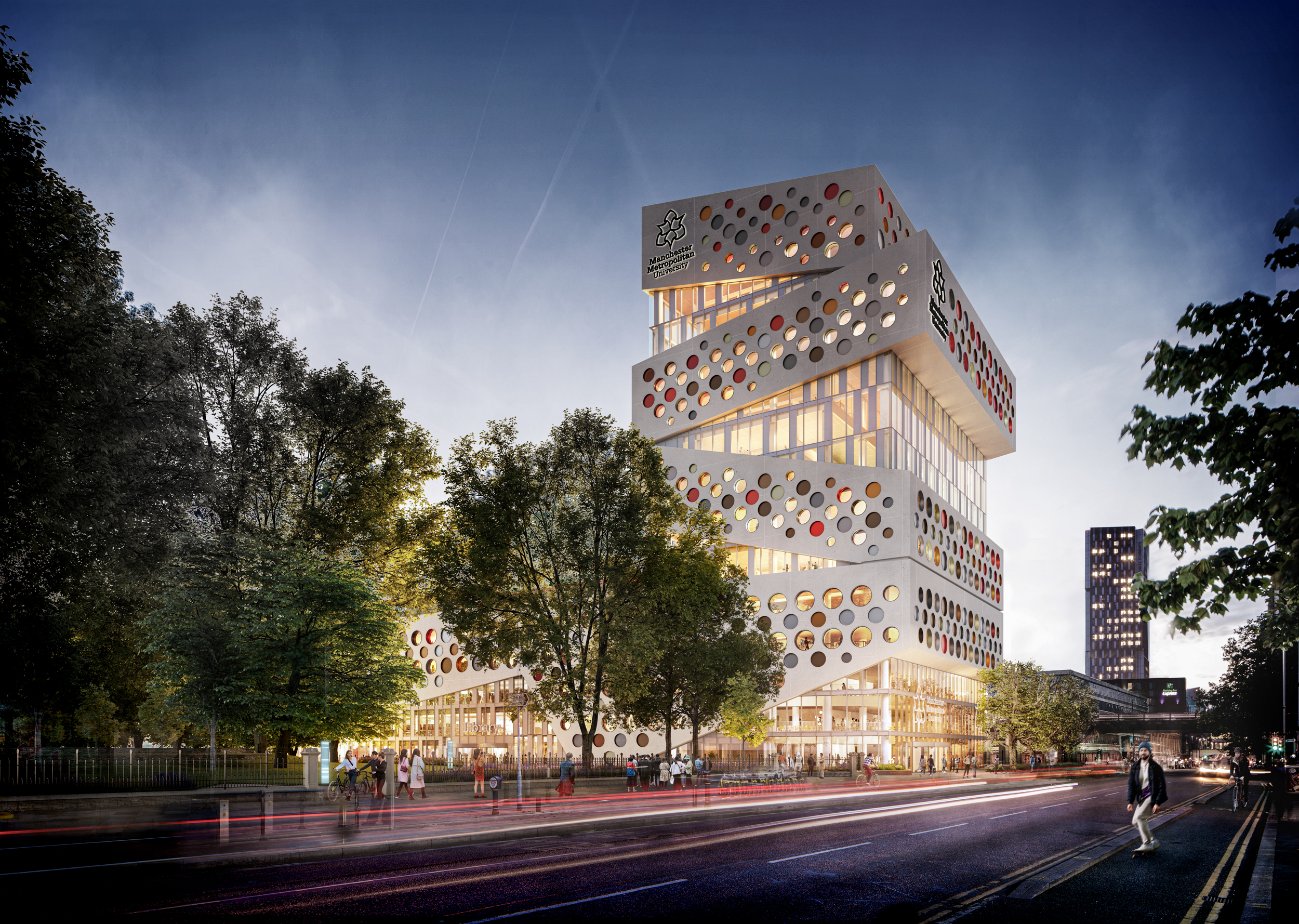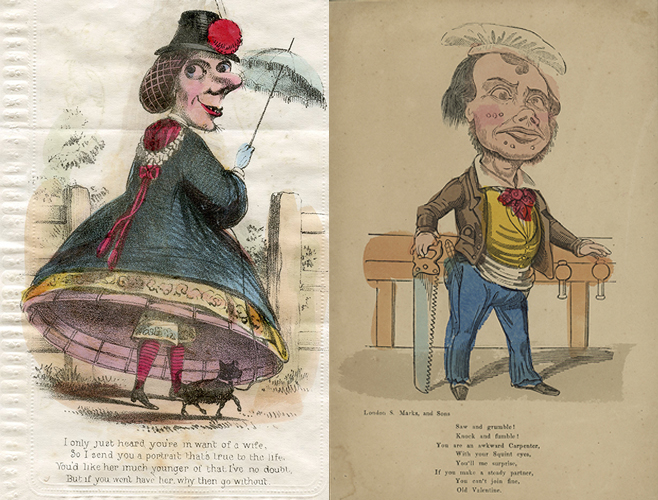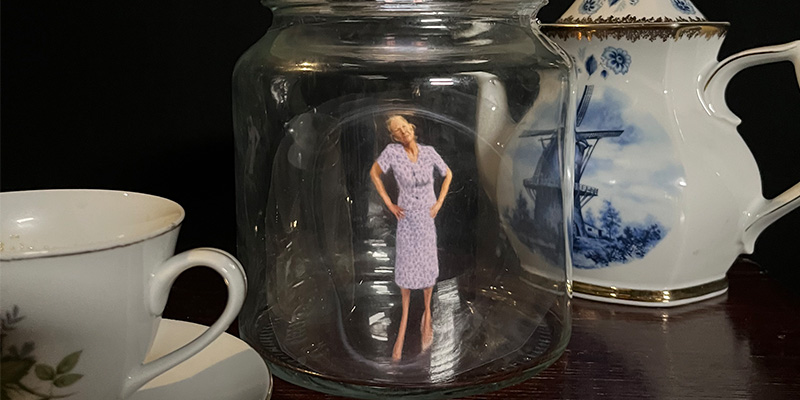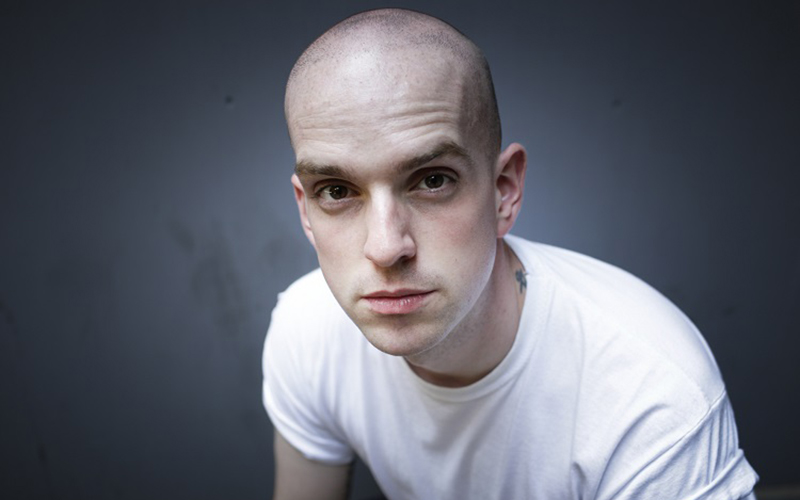News | Thursday, 1st November 2018
Exploring Paranormal Spaces: Ordsall Hall
Academics from revisit the the allegedly haunted manor house

Academics from Manchester Metropolitan University and the Manchester School of Art explored feelings and perceptions experienced by visitors to the allegedly haunted Ordsall Hall, looking at how architectural features and general environment affected guests experiences.
Dr Ken Drinkwater, Senior Lecturer in Psychology and Fabrizio Cocchiarella, Senior Lecturer in Interior Design, led the event following on from the success of a previous visit by the University’s Parapsychology Society in May 2018.
Ordsall Hall, located close to Salford Quays, is a Grade I listed Tudor manor house. Despite periodic renovations many of the building’s historical features remain. The oldest surviving sections date back to the 15th century. Over the years, the site has developed a reputation for being haunted. Sightings include, The White Lady, Cecily (a young girl), Sir John Radclyffe and other unknown, incorporeal presences.
Guests at the Exploring Paranormal Spaces event divided into small groups and explored locations within the Hall, followed by a discussion in the Main Entrance Hall, where visitors reported ‘unusual’ sensations associated with particular areas or rooms.
Experiences included touching of hair, changes in temperature and unaccounted voices.
Lucy Ramsden, a BSc Psychology student who attended the event, said: “Participating in a parapsychology investigation at a venue renowned for being haunted is a pretty unique opportunity. It was fascinating to listen to how a room full of people had experienced exactly the same space but in a number of different ways.”

Guests were asked to consider previous location-based personal paranormal experiences. Although, defined as ‘unusual’, attendees agreed that occurrences were typically benign (non-threatening) or affirmative (provided a sense of reassurance via perception of positive energy). Overall, experiences were generally amazing, amusing, entertaining and difficult to explain definitively (anomalous).
Cocchiarella said: "The evening was an opportunity to explore individual narrative accounts of design features within a reputedly haunted physical environmental. This was important because experiencer responses can inform appreciation of the relationship between living habitable place and anomalous phenomena. From a design perspective, understanding this process facilitates the appropriate psychologically ‘tuning’ of future liveable space”.
This is key element of para-design, which strives to develop new ways of comprehending and interpreting everyday environmental phenomena.
Dr Drinkwater added: “Viewing anomalous experiences from a paranormal and design lens provides novel insights into interactions between the individual and the environment.”
Dr Neil Dagnall, Reader in Applied Cognitive Psychology and co-author of several research articles with Ken, said: “These informal opportunities to discuss anomalous experiences within authentic real-world settings are vital because they complement ongoing academic research.”




